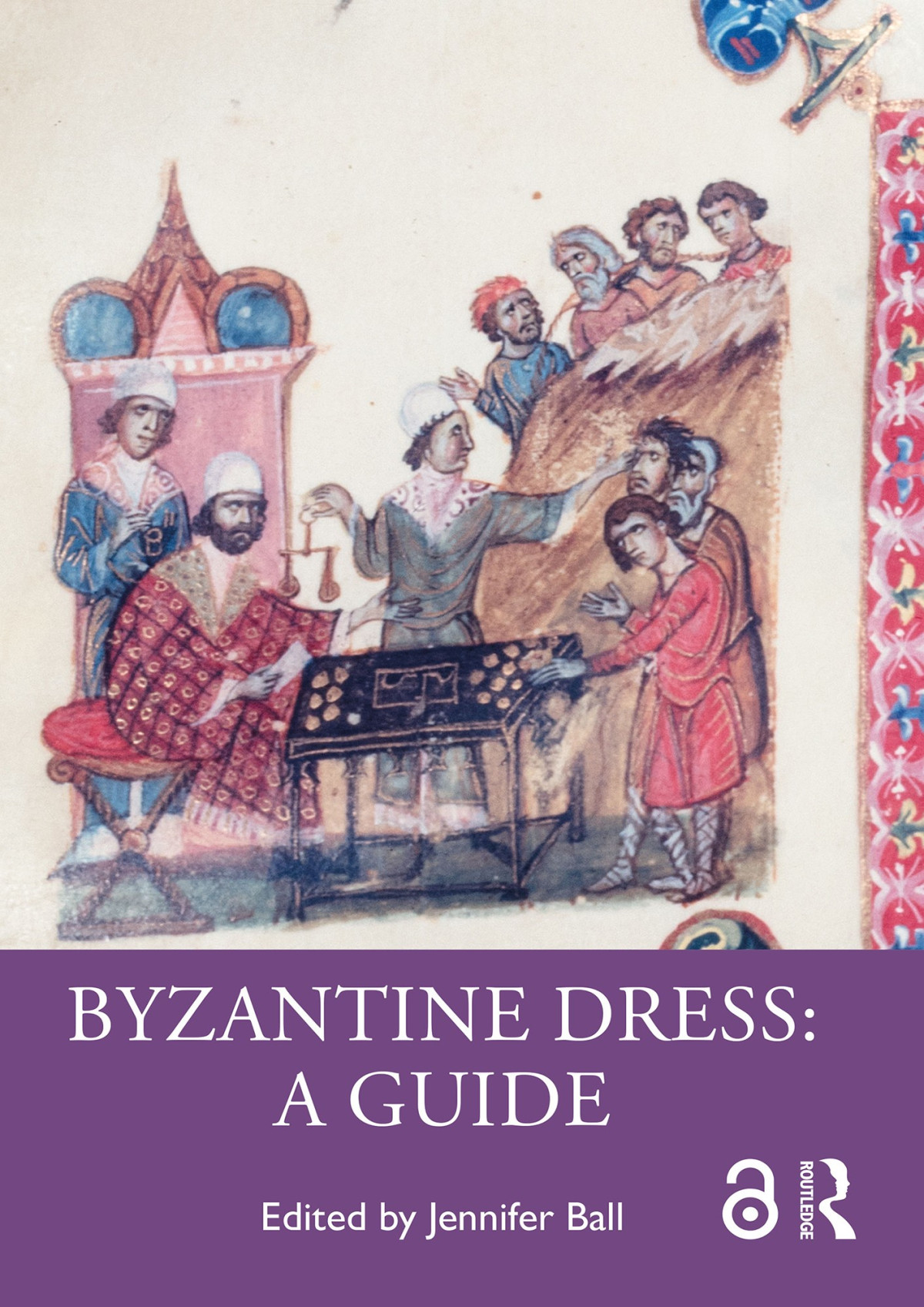

Most ebook files are in PDF format, so you can easily read them using various software such as Foxit Reader or directly on the Google Chrome browser.
Some ebook files are released by publishers in other formats such as .awz, .mobi, .epub, .fb2, etc. You may need to install specific software to read these formats on mobile/PC, such as Calibre.
Please read the tutorial at this link: https://ebookbell.com/faq
We offer FREE conversion to the popular formats you request; however, this may take some time. Therefore, right after payment, please email us, and we will try to provide the service as quickly as possible.
For some exceptional file formats or broken links (if any), please refrain from opening any disputes. Instead, email us first, and we will try to assist within a maximum of 6 hours.
EbookBell Team

4.4
62 reviewsThis book offers approaches to the study of Byzantine dress of elites and non-elites, in sacred and secular modes, from the beginning of the Empire in the fourth century until the fifteenth century. Byzantine dress is considered from within and outside of the Empire and examines both artifactual remains as well as emphasizing studies that elucidate Byzantine dress when few or no artifacts exist.
Byzantine Dress: A Guide tackles current conceptual frameworks in the first three chapters and considers identity and sartorial signaling among Byzantines as well as foreigners in images as well as actual items of dress. A second section addresses material considerations, reflecting on construction and its effect on value. The interpretation of archaeological material is analyzed, along with reconstruction and context. Dress as part of rituals—at court, church, and in various ceremonies—is the focus of the third section. The final two chapters bring Byzantine dress into conversation with dress studies more broadly. A discursive chapter argues for a fashion system within the Byzantine Empire, which has been largely seen as pre-dating the notion of fashion. The final chapter concerns the display, interpretation, and conservation of fragmentary material in a museum context.
This book aims toward a general audience new to the subject of Byzantine dress. Specialists in Byzantine studies and dress studies more generally will find the attention to current scholarship and archaeological interpretation invaluable for research, and the book will also appeal to an audience new to the subject of Byzantine dress.